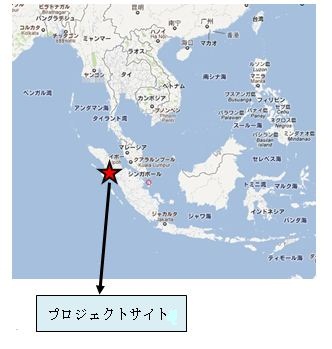Business
trend:
A large
wind turbine about 100 m high floating on the sea 20 km offshore of Fukushima
Prefecture will start generating electricity on September 9 this year. This is
a national project participated by such shipbuilding companies as Mitsubishi Heavy and Mitsui Engineering and Shipbuilding. The technology they accumulated contributed
to setting a structure weighing several hundred tons afloat on the sea.
Offshore wind turbines running in Europe are fixed
on the seabed, whereas Japanese offshore wind turbines are floating structures.
Japan
wishes to take the lead in the floating offshore wind generation. It seems that
offshore wind generation helps Japan
establish a distinguished position in wind generation.
The
story, however, is quite different in the land wind generation business that companies
plan to start independently. It takes long to clear the environmental assessment.
J-Power plans to construct a wind generation plant with a generation capacity
of 19,500 kW in Aomori Prefecture scheduled to put into operation in March
2015, but it takes longer than anticipated to clear the environmental
assessment. Although Japan Wind Power Association asked for a shorter procedure
to clear the environmental assessment, it currently takes three to four years
to obtain approval from the government. As a matter of fact, total capacity of
the wind generation plants approved by January 31 this year is 570,000 kW, less
than one tenth of the total output of photovoltaic generation. As of January 31
this year, only 37,000 kW is generated by wind generation, as against 1,329,000
kW by photovoltaic generation.
Wind
generation offers 8% internal rate of return that is 2% higher than photovoltaic
generation. In addition, the former has higher generation efficiency than the
latter, and it is easier to build a larger wind generation plant to build a
large photovoltaic generation plant. Nonetheless, environmental assessment is a
big issue to clear. The Fukushima
offshore wind generation project mentioned above will start operation in only
18 months after the project was approved. This is because it is an offshore
plant and because the government took the strong initiative. The land wind
generation plant with a capacity less than 7,500 kW is not subject to
environmental assessment. This may be one of the solutions for land wind
generation.
Floating
axis wind turbine

